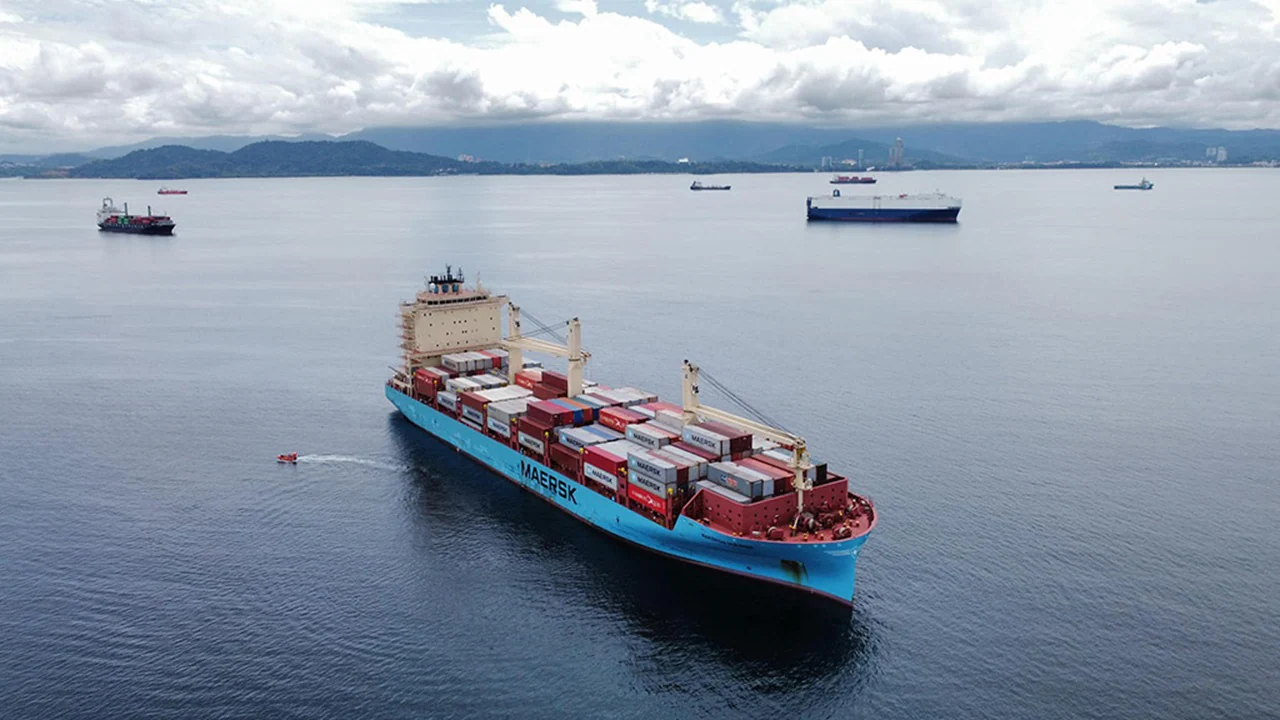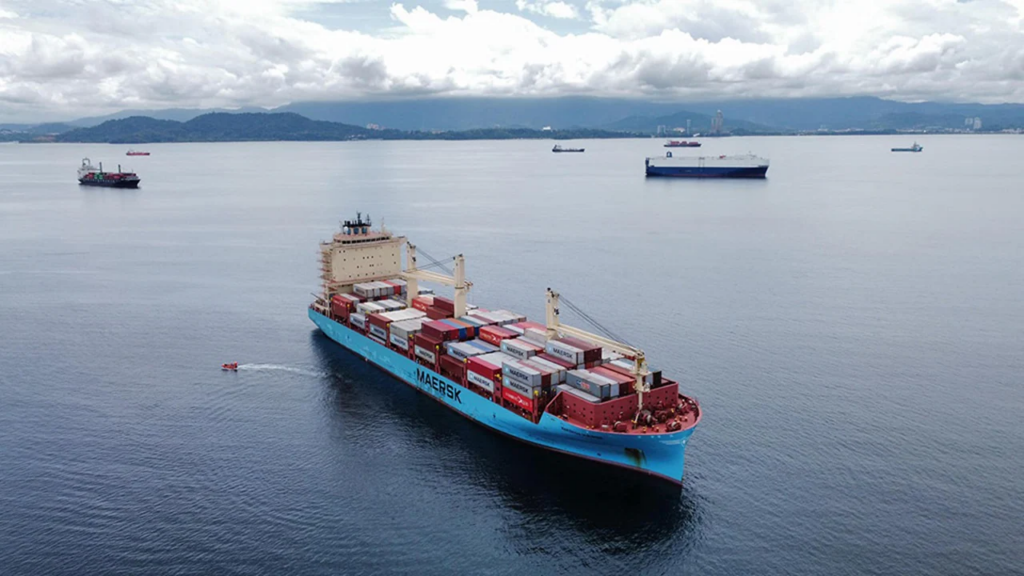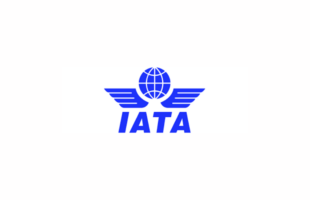

A new multimodal sea-air solution has been successfully tested by A.P. Moller-Maersk or Maersk in Oman, which is expected to cut transit time and costs for shipments.
The logistics operator has collaborated with the Port of Salalah and Oman Airports to trial a sea-air logistics solution for cargo moving from Sri Lanka to Egypt. The shipment, which comprised cargo for the retail and lifestyle sector, was transported from Colombo to Cairo via Oman.
The first leg of transportation was carried out on a Maersk vessel from Colombo to the Port of Salalah, where the cargo was discharged and then transported to Salalah Airport under a customs-bonded corridor. Upon arrival at the air cargo terminal at Salalah Airport, the shipment underwent security clearance and was transported by air ‘on priority’ to Cairo.
Maersk said the sea-air solution can help reduce transit times on traditional east-to-west trade routes by up to 40 percent compared to pure ocean transportation and can generate cost savings of up 20 percent compared to shipping purely by air.
Given the strategic location and capabilities of Oman’s ports, the company plans to offer multiple service products, including a hub or gateway solution to connect new and emerging markets. The facilities are capable of supporting different commodities, from general cargo to speciality products like pharmaceuticals and perishable products. The proposed gateway can also seize the opportunity to support aid and relief cargo for countries that are accessible only by air transport, the company noted.
“Oman is increasingly becoming an important hub for logistics, owing to the strategic location of its seaports and airports and a strong presence of network catering to customers regionally and globally,” said Christopher Cook, Managing Director, Maersk UAE, Oman and Qatar.
“The Sea-Air solution we have implemented in this pilot movement is just the beginning of endless possibilities. In conjunction with the rest of our integrated logistics solutions, we can offer our customers a customised logistics solution combining different modes of transport, storage and fulfilment solutions and top them up with value-added services powered by technology. This is a true example of making supply chains resilient for our customers through integrated logistics solutions.”









